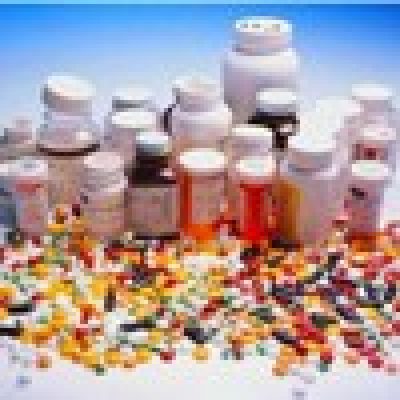In 2020, the national regime regarding the procurement of goods, work, services does not apply to products from the EAEU countries (Belarus, Kazakhstan, Armenia, Kyrgyzstan). Products from these states are not equivalent to foreign products under the national regime. These measures are designed to simplify and maintain the share of EAEU goods at the level of 50%. The government prepared the relevant amendments in 44-FL “On the contract system”. National regime includes preferences, restrictions and prohibitions. So, according to the new rules, it is forbidden to purchase foreign products for the defense and security of the country, but otherwise the “Third Extra” mechanism and price preferences will be applied.
According to the Association of Russian Pharmaceutical Manufacturers, goal of the level of 50% can be achieved on condition of an equal market, and equal conditions on the EAEU market will not be earlier than 2025. “Although the barriers to bidding in Kazakhstan have been removed, there is an amendment in the union state — companies are allowed to participate in government procurement if they have a registration certificate issued in accordance with the rules of the Eurasian Economic Union. Considering that the Russian Federation needs to get 14 thousand registration certificates, now only 100 have been issued. These restrictions need to be removed, ”Olga Pentegova, Deputy Director General of ARPM, emphasized.
In addition, the Ministry of Industry and Trade prepared amendments to the state program “Development of the pharmaceutical and medical industries”. The Ministry proposes to reduce the target indicator of the share of domestic medicines to 32.9% in monetary terms. Although initially it was planned in the “Pharma 2020” strategy to increase the share of domestic drugs in consumption to 50%. This would allow the Russian market to get rid of import dependence, thereby filling the Russian drug market with safe, effective and high-quality products. An explanatory note on regulation.gov.ru says that “the share of domestic drugs in total consumption in monetary terms is associated with an increase in the cost of foreign drugs and lower prices for domestic drugs. The duration of clinical trials, delays in the procedure for state registration of drugs lead to an increase in the time of releasing to market. The restraining factor is the regulation of prices by the state for Vital and Essential Drugs, and the reduction in the cost of drugs as part of competitive procurement procedures for the healthcare system. ”
“For the first time, the government was preoccupied with the fact that price pressure is tight and drug production is becoming unprofitable. The indicators are not fulfilled, and behind these figures is the phasing out of production, and this is a decrease in tax revenues to the state treasury, a reduction in jobs. A balance of interests is needed, that is, if there is a price pressure, then there should be some kind of relief, for example, tax or a reduction in rental rates, ”noted Victor Dmitriev, ARPM Director General.
According to DSM Group, for 8 months of 2019, the share of Russian drugs increased by 1.3% — up to 31.0% in rubles. When considering absolute indicators, the sales of domestic drugs in money increased by 6.3%, while the volume of sales of imported drugs increased by only 0.4%. The positive dynamics of the growth of the share of domestic drugs is an already established trend that has been going on for a long time. The change in the structure of preferences for price segments is due to a decrease in the consumption of cheap Russian drugs. The average cost of packaging a domestic drug in retail prices in January-September last year amounted to 97.8 rubles, which is approximately 3.5 times lower than the cost of packaging of an imported medicinal product (the cost of a foreign-made drug was 347.3 rubles). According to analysts, the government segment has become the main driver of growth.

